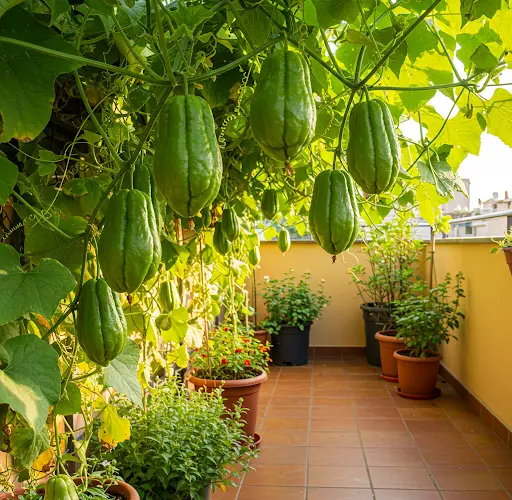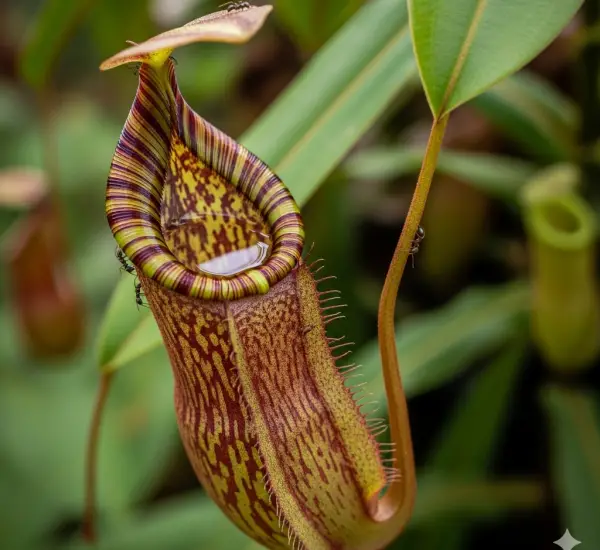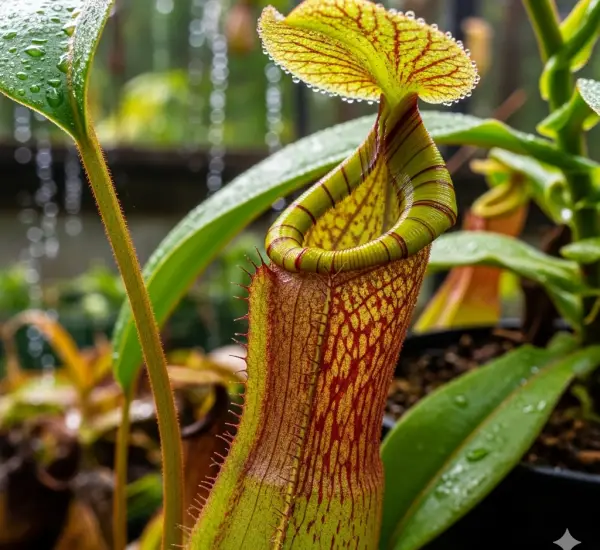Chayote, also known as vegetable pear or mirliton, is a versatile and nutritious vegetable that can be easily grown in a variety of environments, including urban terraces and balconies. One of the best things about chayote is that it requires minimal care, making it an excellent choice for beginner gardeners or anyone who wants to enjoy fresh produce without a lot of hassle. In this article, we’ll explore how to grow chayote on your terrace, ensuring a bountiful harvest with little maintenance.
Why Grow Chayote on the Terrace?
Chayote is a fast-growing, vine-like plant that thrives in warm climates. It’s easy to grow in containers or directly in the ground, and it doesn’t need much attention once established. Growing it on your terrace is a great way to maximize limited space, as chayote vines can be trained to climb walls, fences, or trellises. The plant not only produces a substantial harvest of chayote fruits but also provides attractive green foliage, adding beauty to your outdoor space.
Materials You’ll Need
To grow chayote on your terrace, you’ll need a few basic materials:
-
Chayote fruit (can be purchased from a grocery store or farmer’s market)
-
Large container or planter (at least 12–18 inches deep)
-
Trellis or support structure (for vine growth)
-
Good-quality potting soil or a mixture of garden soil and compost
-
Watering can or hose
-
Mulch (optional, for moisture retention)
-
Compost or organic fertilizer (optional, for added nutrients)
Step-by-Step Guide to Growing Chayote on the Terrace
1. Choose the Right Container or Space
Select a large container or planter that has good drainage. Chayote plants have extensive root systems, so a deep pot is essential. You can also plant chayote in the ground if you have a spacious terrace with soil access. However, containers are often more manageable in urban settings.
Place the container in a sunny location, as chayote needs at least 6 hours of direct sunlight each day to grow well. If you’re growing it on a terrace or balcony, make sure the spot is warm and sheltered from harsh winds.
2. Prepare the Soil
Chayote prefers well-draining, fertile soil. Fill the container with a good-quality potting mix or create your own by mixing garden soil with compost. If you’re planting directly in the ground, ensure the soil is loose and rich in organic matter to promote healthy root development.
3. Plant the Chayote
The best way to plant chayote is to use a whole fruit rather than seeds. Chayote is a unique plant because it can grow directly from the fruit itself. Select a firm chayote with no visible blemishes or rot.
-
Plant the chayote fruit sideways with the pointy end facing up, just below the surface of the soil.
-
The fruit should be buried about 3–4 inches deep, leaving the top exposed.
-
If you’re using a container, you can plant one or two fruits depending on the size of the pot. If you’re using a larger space, consider planting multiple fruits with adequate spacing between them.
Water the soil well after planting, making sure it’s moist but not waterlogged. Chayote plants are relatively drought-tolerant, but they do require consistent moisture to establish healthy roots.
4. Support the Vines
Chayote is a climbing plant that requires support to grow properly. Install a trellis, netting, or fence near the container or in the ground to help the vines climb as they grow. Make sure the support is sturdy enough to hold the weight of the vines and fruits as they mature.
If you’re growing chayote in a container, a vertical support structure is essential to save space and ensure that the vines don’t spread too far out.
5. Water and Care for the Plant
After planting, water the chayote regularly to keep the soil evenly moist. However, avoid overwatering, as this can lead to root rot. Mulching around the base of the plant can help retain moisture and prevent weeds from growing.
Chayote plants are relatively low-maintenance. They don’t require much fertilizing, but adding a layer of compost every few months can boost growth. If you notice that the plant is not growing as vigorously, you can feed it with a balanced, organic fertilizer.
6. Harvesting the Chayote
Chayote typically takes 4 to 6 months to produce fruit after planting. The fruit grows best when the vines are allowed to spread out and flower. The chayote plant will produce small, white flowers that eventually turn into the fruit. When the chayote is ready to harvest, it should feel firm and slightly wrinkled, signaling that it is mature.
To harvest, simply cut the fruit off the vine with a sharp knife, being careful not to damage the plant. If you leave the fruit on the vine for too long, it may become overripe and lose its flavor.
Benefits of Growing Chayote on Your Terrace
-
Low maintenance: Once planted, chayote requires minimal care and attention.
-
High yield: Chayote vines can produce a large quantity of fruit, making it a great option for home gardeners looking to grow their own food.
-
Space-saving: Growing chayote vertically on a trellis or in a container allows you to make the most of small spaces like terraces or balconies.
-
Nutritional value: Chayote is rich in fiber, antioxidants, and vitamins, making it a healthy addition to any diet.
Final Thoughts
Growing chayote on your terrace is an easy and rewarding gardening method. With minimal effort, you can enjoy a bountiful harvest of fresh, nutritious chayote. Whether you’re a beginner or an experienced gardener, this method is perfect for those who want to grow food at home without needing a traditional garden space.
By using a container, supporting the vines, and providing the plant with just a bit of water and care, you can produce an abundance of delicious chayote for your family to enjoy all season long. Happy gardening!




